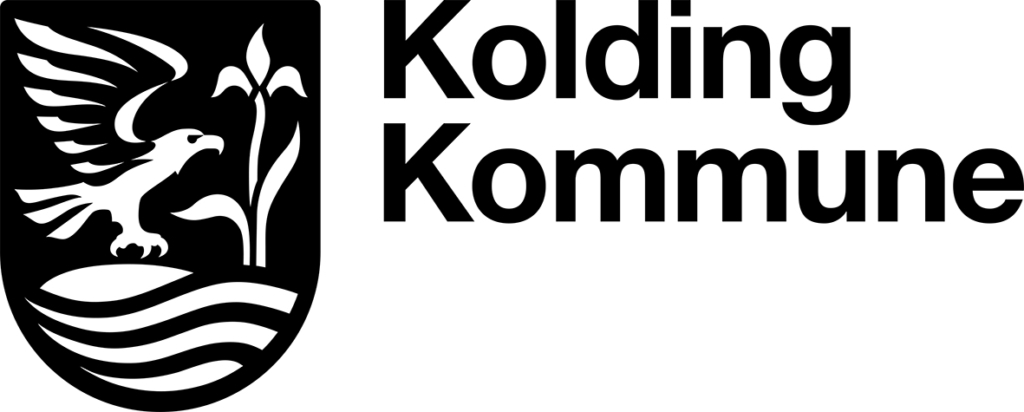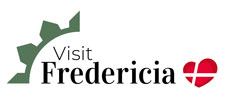A Joy for the Eyes and a Gift for the Dining Table
Sometimes one sees them on mass along the coastline – the sports fishermen. They stand in rows with their fishing lines thrown in the water. They know that underneath the surface, there is something worth waiting for. A joy for the eyes and a gift for the dining table – the sea trout.
But the sea trout is actually more than just a delicious meal. It is also a beautiful and exciting fish, a master of the art of transformation, and one of the most adaptable fish we have in Denmark.
The trout is just like the salmon, a wandering fish. It hatches in fresh water, often in small creeks, and afterwards wanders further down into the streams. Sometimes, they stay in the creek area, and we call them river trout. Other times, they settle in lakes. But in most cases, the trout wanders all the way out into the sea, and become sea trout. On the way out there, the trout’s physiology changes so they can withstand the salty sea, it smoltifies and turns silvery.
Ready for Both a Party and a Fight
While out at sea, the trout fattens up, and once it becomes fertile it wanders back to spawn in the exact same stream it hatched in itself. That happens in the period between May and November. When the sea trout prepares to find its way to its childhood home, it undergoes a fantastic transformation. It changes colour from a blank steel silver to a golden cobber, the fins turn pale instead of transparent, and the spots change size and visibility. The males also get hooked jaws, which makes them look threatening and can be used as a weapon in the fight for females.
The wandering fish depend on being able to return to the stream they came from and that the conditions for mating are good, which means that there needs to be gravel at the bottom, where the eggs can be safe. Through the ages, both the free passages through the water streams and the conditions of the bottom, went through big changes because of human activity, and back in the 1940s and 50s, the conditions of multiple Danish wandering fish populations were dyer. Fortunately, things have improved since the 60s, and there is still focus on cultivating favourable conditions for the salmon fish.
Places in Naturpark Lillebælt Where you can Experience the Sea Trout
The sports fisherman technique using a pole and a line, is very popular in both the streams leading into the Little Belt and all the way along the coastline. Many people travel from afar to come to Naturpark Lillebælt and catch trout. Be aware that there are both preservation areas, minimum restrictions, and a preservation period for the sea trout. The latter refers to trout in spawning coat, it is therefore still allowed to catch the steel silvery trout. Read more about rules and preservations on https://fiskeristyrelsen.dk/english/
Examples of good fishing areas
Gals Klint: The water is deep and the current is good. The fish often swim close to the coast here.
The harbour in Fredericia: One can fish all year round from the wharf at Fredericia C, but there can be limited access on the wharf, when there are ships in the harbour.
Kolding Fjord and surrounding coast along the Little Belt from Løverodde to Hejlsminde.
Another way to experience the trout, is to observe the spawning trout when they sit on the spawning banks in the water streams. If one chooses this method, one has to know the good places, one has to look attentively, and one has to be careful, as the trout is very shy and flees as soon as they notice something is happening. But one can be lucky, and then there is an exciting experience at hand.
Examples of good streams where the trout can be observed
If one is on the hunt for spawning trout, it might be a good idea to venture outside of Naturpark Lillebælt’s borders. For example, to Harndrup Fjellerup Å where in 2015 the trout received new spawning gravel.
The best time to see spawning trout, is in connection with downpour in November and December.
Kolding Å has after numerous developments reached the status as one of the best trout streams in Denmark. If one wants to experience trout on their way up the stream systems, it is recommendable to go to Serpentinerstryget in Dalby Bæk. It can be a very impressive sight.
In Fredericia, one can go to, for example, Gudsø Mølle Å.
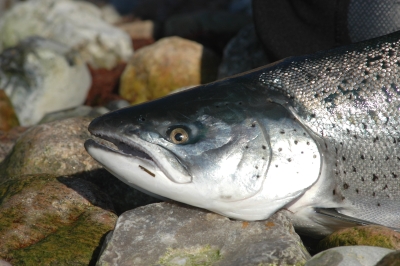

The Porpoise
In the Little Belt, you will find one of the world’s largest populations of porpoises. Read more about the little whale here.

The Otter
The Otter (re)claims Funen. Read more about the nocturnal animal here.

The Danish Orchids
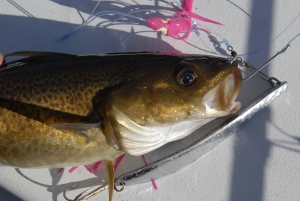
The Cod

The Aquatic Environment
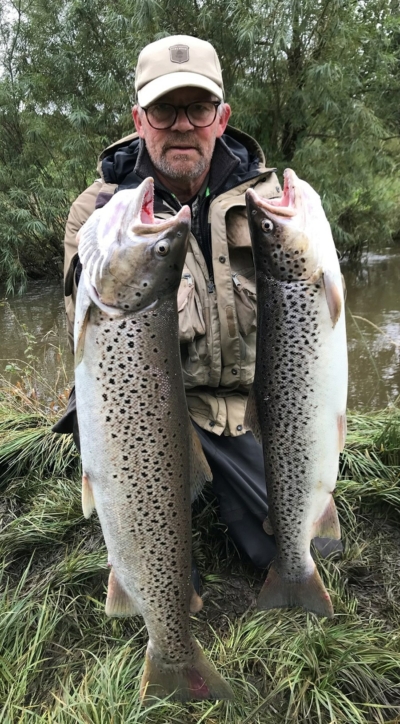
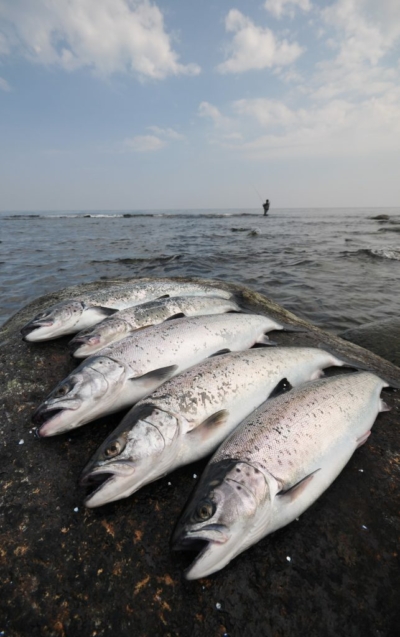
Photos: Kaare Manniche Ebert



